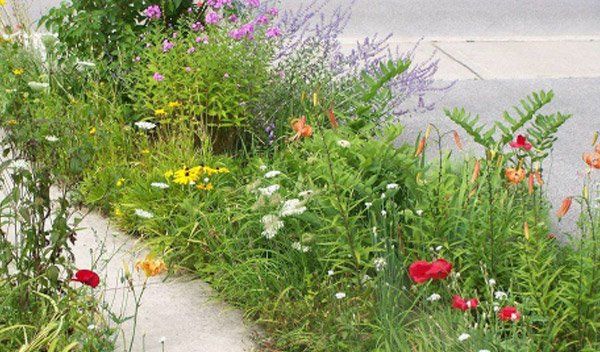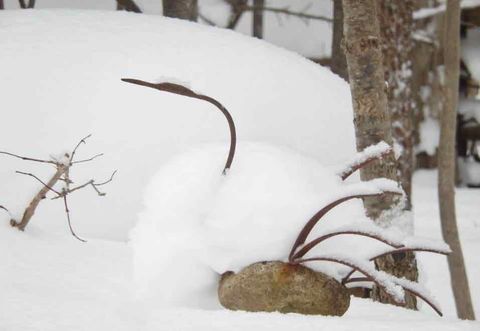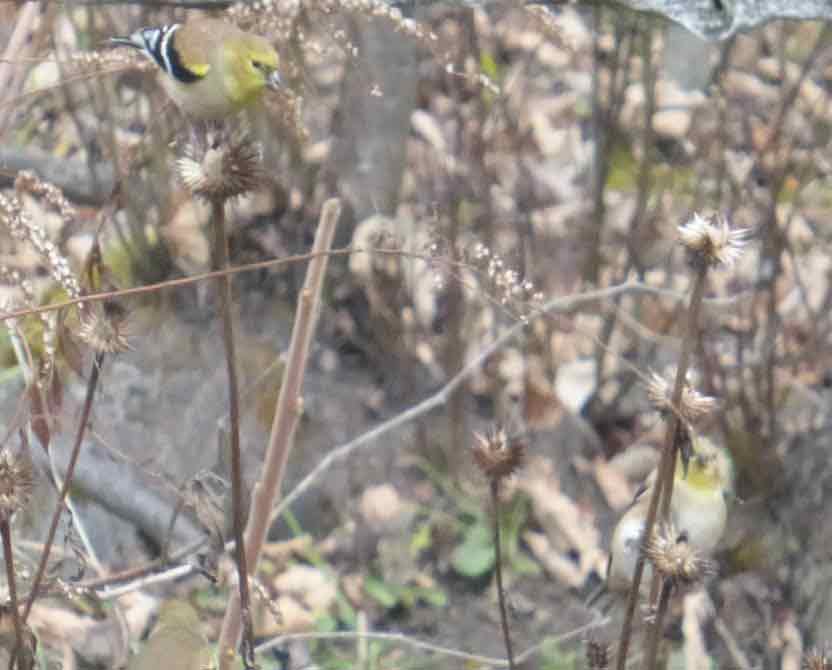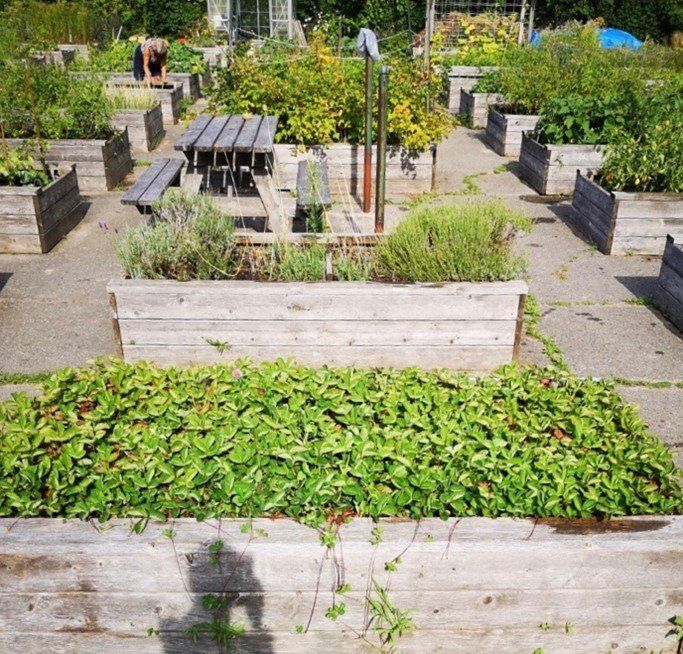Use your Senses to Add Winter Interest to Your Garden
Looking at your garden in winter awakens your senses. What you see, hear touch & smell is unique to this time of year. Do you view your garden mainly from inside, perhaps through a particular window, or can you bundle up and walk around?
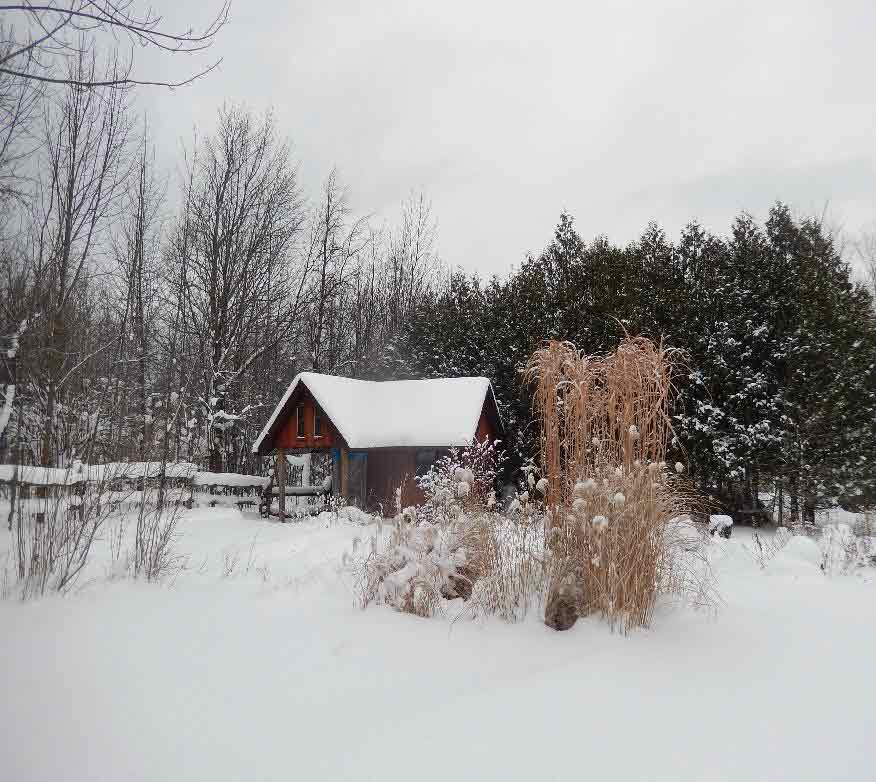
Let’s start with sight. In the winter, we see the bones of the garden, the size and shape of trees, shrubs and vines. Without leaves we can examine the trunk and branches. Do you see a variety of heights and shapes? Do trees and shrubs need pruning? Are there other structures that contribute to the bones of your garden, such as a garden shed, an obelisk, a statue? Look at how snow and ice form on plants and structures. Can you see beauty, balance and harmony? Is there at least one thing that provides fond memories of the summer of 2015?
Make some notes of things you can do in the spring to make your garden more pleasing to your eyes and heart. Here are some suggestions to add structure & interest.
Continuing with sight, think about
colour. What plants do you have that add colour? Your garden doesn’t have to be just black and white because it’s winter.
Consider these plants for: leaf colour
Blues: Lavender (Lavandula), Hyssop, Eastern Red Cedar/ Red Juniper (Juniperus virginiana)
Russian Sage (Perovskia atriplicifolia)
Greens: Emerald Cedar (Patycladus orientalis), Cotoneaster, Boxwood (Buxus)
Stem Colour and Shape
-
Winterberry
Button(Ilex verticillata)
-
Witch Hazel
Button(Hamamelis virginiana)
-
Roses
Button(Rosa)
Fruit, Seed heads & Flower Colour
-
Northern Sea Oats
Button(Chasmanthium latifolium)
-
Blue Holly
Button(Ilex sp.)
-
Christmas Rose
Button(Helleborus)
Note: Christmas rose/ Helleborus niger can bloom in winter. Or, it adapts by closing up then reopening when snow melts. Holly needs male & female plants.
What we hear in the garden changes in winter. The combination of less outdoor activities, the absence of leaves which insulate sound and a blanket of snow, all work to accentuate certain sounds. Leave your ornamental grasses at full height and enjoy the chatter they make. Attract birds by leaving perennials with seed heads, add shrubs with winter berries, hang a feeder and, if possible, a heated bird bath. Any of these idea will create a multi-sensory experience!
Plants with seed heads: Ornamental grasses, hydrangeas, sumacs, sedum ‘Autumn Joy’, sunflowers, Echinacea, Blue Flax
We appreciate texture through our sense of touch as well as sight. Do you have plants in your garden that appeal in this way? Need some ideas? Consider ornamental grasses, trees and shrubs with exfoliating bark, plants with thorns or spines, the roughness & smoothness of pines, sticky pine cones.
-
Ninebark
Button(Physocarpus opulifolius)
-
Oregon Grape
Button(Mahonia aquifolium)
-
Ornamental Grasses
Button
And finally consider smell. Take in a deep breath of clean cold air. Brush the cedars and pines. Through the snow that patch of green is thyme or wintergreen. Rub a bit between your fingers.
Through your window or during a peaceful stroll – Enjoy your garden!
Prepared by Grey County Master Gardeners for use by home gardeners & community groups. For other use, please email mggreycounty@yahoo.com. January 2016 pdw
Latest Blog Posts
